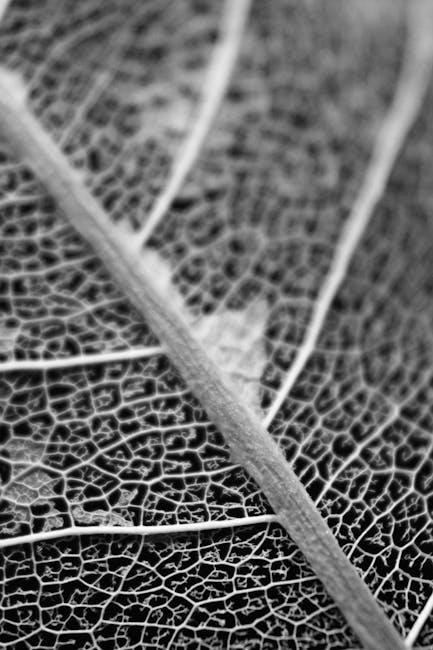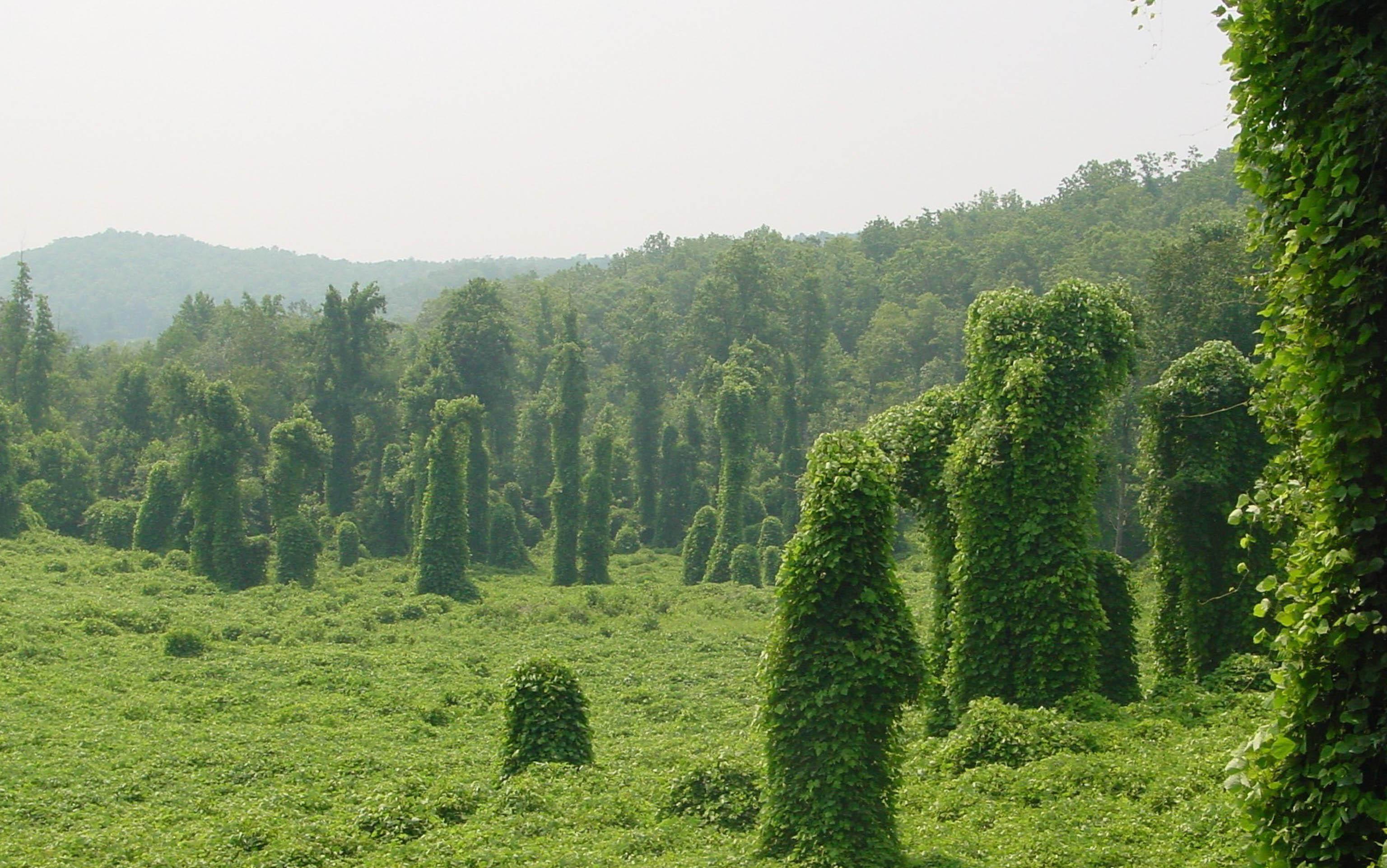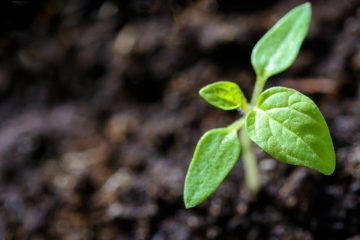Table of Contents
- Understanding the Diverse Roles of Plant Species in Ecosystems
- Exploring the Influence of Climate on Vegetation Patterns
- The Impact of Invasive Plant Species on Native Flora
- Best Practices for Restoring Disturbed Habitats Through Plant Ecology
- Case Studies in Plant-Pollinator Interactions and Their Ecological Significance
- Q&A
- Key Takeaways

Understanding the Diverse Roles of Plant Species in Ecosystems
Plant species exhibit a multitude of functions that are pivotal to the health of ecosystems. At the foundation of these roles are producers, which convert solar energy into food through photosynthesis. This process not only nourishes the plants themselves but also supports a wide array of herbivores and, subsequently, higher trophic levels. For instance, in a temperate forest, tree species such as oak and maple provide sustenance and habitat for various species, while at the same time contributing to the carbon cycle by sequestering carbon dioxide.
Furthermore, plants play essential roles in maintaining soil quality and preventing erosion. Root systems of grasses and shrubs anchor the soil, thereby reducing runoff and nutrient loss during rainfall events. Additionally, specific species contribute to this process, such as leguminous plants, which enhance soil fertility through nitrogen fixation. This symbiotic relationship with soil bacteria not only ensures the sustainability of the ecosystem but also supports agricultural practices in adjacent areas.
In aquatic ecosystems, the roles of plant species further diversify. Hydrophytes, such as cattails and water lilies, not only provide habitat for aquatic wildlife but also facilitate water purification by absorbing excess nutrients and pollutants. This bioremediation capability is crucial for maintaining the health of water bodies, making these plants vital for both ecosystem stability and human health. The presence of such species can determine the overall biodiversity and productivity of a given environment, underscoring the importance of protecting and restoring these essential plant communities.
Exploring the Influence of Climate on Vegetation Patterns
Climate plays a crucial role in shaping the distribution and characteristics of vegetation across various ecosystems. Different climatic conditions create unique environments that influence the types of flora that can thrive in specific regions. For instance, in arid deserts, the scarcity of water leads to the dominance of drought-resistant species like cacti and suculent plants, which have adapted to store water efficiently. In contrast, tropical rainforests, characterized by high temperatures and abundant rainfall, showcase a diverse array of plants, including towering deciduous trees, vibrant orchids, and rich understory shrubs.
The relationship between climate and vegetation is further demonstrated through seasonal changes that dictate plant behaviors. In regions with distinct seasons, temperate forests put on a spectacular display of color as trees like maples and oaks lose their leaves in response to cooler temperatures. Such adaptations ensure survival through fluctuating conditions. Conversely, in tundra ecosystems, permafrost limits plant growth to hardy species like lichens and mosses, revealing a stark landscape shaped by extreme cold and limited nutrients.
To understand these influences better, it is helpful to consider the following factors that affect vegetation patterns:
- Temperature: Dictates the types of species that can survive.
- Precipitation: Influences soil moisture availability, affecting plant health.
- Seasonal Variability: Affects growth cycles and phenology.
- Soil Type: Impacts nutrient availability and root development.
Below is a simplified comparison of different ecosystems influenced by their climates:
| Ecozone | Climate Characteristics | Major Vegetation Types |
|---|---|---|
| Desert | Low rainfall, high temperatures | Cacti, shrubs |
| Tropical Rainforest | High rainfall, warm temperatures | Deciduous trees, orchids |
| Temperate Forest | Moderate seasonal temperatures, moderate rainfall | Maples, oaks |
| Tundra | Cold temperatures, low precipitation | Lichens, mosses |

The Impact of Invasive Plant Species on Native Flora
Invasive plant species are organisms that have been introduced to non-native environments, often with damaging consequences for local ecosystems. These species can outcompete indigenous flora for resources such as sunlight, water, and nutrients, leading to a significant decline in biodiversity. When invasive species proliferate, they alter habitat structures, which can affect everything from soil composition to animal populations that depend on native plants for food and shelter. Resultantly, the delicate balance of the local ecosystem can be severely disrupted.
The ecological impacts of these invaders extend beyond mere competition. Invasive plants can:
- Change soil chemistry, potentially making it less hospitable for native plants.
- Introduce pests and diseases that target local flora, further weakening their populations.
- Create monocultures, reducing the variety of plant species in an area.
Such changes can lead to cascading effects throughout the ecosystem, including loss of habitat for wildlife and diminished ecosystem services, such as water filtration and carbon storage. One can observe these phenomena in regions affected by species like purple loosestrife (Lythrum salicaria) or kudzu (Pueraria montana var. lobata), where the changes have resulted in notable declines in local biodiversity.
To illustrate the impact of specific invasive species on native flora, consider the following table showcasing some common invaders and their effects:
| Invasive Species | Impact on Native Flora |
|---|---|
| Purple Loosestrife | Displaces wetland plants, reducing habitat diversity. |
| Kudzu | Covers native plants, blocking sunlight and stunting growth. |
| Japanese Knotweed | Deteriorates soil structure and foundation of native ecosystems. |
Understanding the ramifications of invasive plant species is crucial for conservation efforts aimed at preserving native flora. Active management strategies, including removal and controlled burns, can help restore the ecological balance that promotes healthy biodiversity.

Best Practices for Restoring Disturbed Habitats Through Plant Ecology
Restoring disturbed habitats is a complex task that can benefit significantly from the principles of plant ecology. One of the keys to success lies in understanding the specific ecological roles that plants play within their ecosystems. By identifying native species that are well-adapted to local conditions, we can promote biodiversity and resilience in restored areas. This approach not only helps to reestablish the natural balance but also provides habitat for wildlife, enhances soil quality, and regulates local climate conditions.
Another vital practice in habitat restoration is the implementation of natural succession. This process involves encouraging the gradual replacement of plant communities over time, allowing for a more stable and rich environment. Utilizing pioneer species can play a crucial role in this process, as these plants are often hardy and quick to establish, preparing the way for more complex ecosystems. Emphasizing the importance of plant community dynamics—the way different species interact—can lead to more effective restoration outcomes by ensuring that restored habitats are self-sustaining.
Collaboration with local communities and stakeholders is essential for fostering a sense of ownership and promoting sustainable practices. Engaging with local knowledge can provide insight into the best practices for selecting appropriate species and management strategies. Implementing community education programs that highlight the benefits of native plants and ecological restoration can also encourage ongoing involvement. The following table outlines some commonly used native plants along with their functions in habitat restoration:
| Plant Species | Ecological Function | Native Range |
|---|---|---|
| Wild Blueberry (Vaccinium angustifolium) | Food source for wildlife | Eastern North America |
| Prairie Grass (Multiple species) | Soil stabilization, erosion control | Midwest USA |
| Goldenrods (Solidago spp.) | Pollinator support, soil health | North America |

Case Studies in Plant-Pollinator Interactions and Their Ecological Significance
Case studies in plant-pollinator interactions reveal the intricate relationships that sustain both flora and fauna within ecosystems. One notable example is the mutualistic relationship between the hummingbird and various species of tubular flowers. Hummingbirds possess specialized adaptations such as long, slender beaks that allow them to access nectar deep within these blooms. In doing so, they inadvertently transfer pollen from flower to flower, facilitating cross-pollination and enhancing genetic diversity. This partnership underscores the importance of specific floral traits in attracting suitable pollinators, showcasing how plant morphology can drive pollinator behavior and vice versa.
Another fascinating case involves the interaction between bees and various species of wildflowers. Many wildflowers have evolved vibrant colors and sweet fragrances specifically to attract bees, which are essential for their reproduction. Research indicates that flowers like sunflowers and lilies exhibit varying levels of nectar production based on bee visitation rates. In return for their pollination services, bees gain nutritional rewards in the form of nectar and pollen. This dynamic not only fuels bee populations but also enhances floral diversity, providing a rich tapestry of plant life that supports other organisms in the habitat.
Moreover, the effects of habitat loss on these interactions are significant. A study examining the decline of urban green spaces noted a marked decrease in pollinator visits to local flora, which subsequently impacted plant reproduction rates. Key insights from this research indicate that maintaining biodiverse habitats can bolster plant-pollinator networks. Strategies to mitigate conflicts such as the creation of pollinator gardens or urban green corridors can enhance these interactions. By promoting native plant species that attract specific pollinators, urban landscapes can contribute to the preservation of these vital ecological relationships.
Q&A
Q&A: Understanding Plant Ecology Through Inspiring Examples
Q1: What is plant ecology? A1: Plant ecology is the study of the relationships between plants and their environment, including the interactions among various plant species as well as between plants and animals, microorganisms, and physical factors like soil and climate. It helps us understand how plants adapt, thrive, and contribute to ecosystem dynamics.Q2: Can you provide an example of a unique plant adaptation in a specific environment? A2: Certainly! The water lily (Nymphaea) is a striking example of adaptation. Found in freshwater habitats, water lilies have broad, flat leaves that float on the surface, allowing them to harness sunlight efficiently for photosynthesis while keeping their roots submerged in the nutrient-rich soil below. This unique adaptation not only enables their survival but also offers valuable habitat for aquatic life.
Q3: How do plant communities vary across different ecosystems? A3: Plant communities are incredibly diverse, each adapted to its specific ecosystem. For instance, in a tropical rainforest, you might find towering trees like the mahogany, abundant shrubs, and various epiphytes that grow on other plants. Contrasting this, a desert ecosystem is home to drought-resistant species such as cacti and succulents, which have specialized structures to conserve water and withstand extreme temperatures.
Q4: What role do keystone species play in plant ecology? A4: Keystone species, such as the fig tree in tropical environments, play a pivotal role in maintaining the structure of an ecosystem. These trees produce fruits that sustain various animals, which in turn contribute to seed dispersal for many plant species. Without the fig tree, numerous other plants and the animals that depend on them would be adversely affected, demonstrating the interconnectedness of ecological relationships.
Q5: Can you share an example of how human activity impacts plant ecology? A5: Absolutely. The Amazon rainforest faces significant threats from deforestation and agricultural expansion. These human activities disrupt the complex relationships between plant species and their environment, leading to loss of biodiversity. The decline of trees not only affects the plant community but also endangers countless species that rely on this rich habitat for food and shelter.
Q6: What are some effective conservation strategies for protecting plant ecosystems? A6: Effective conservation strategies include establishing protected areas, such as national parks, to preserve biodiversity and habitats, alongside sustainable land management practices that promote coexistence with local agriculture. Reforestation and habitat restoration projects also play a crucial role in reviving plant communities and ensuring ecosystem resilience against climate change.
Q7: How can individuals contribute to plant ecology efforts in their local communities? A7: Individuals can make a difference by participating in local conservation initiatives, such as community gardens or native plant restorations. Educating others about the importance of native species, reducing pesticide use, and supporting local wildlife can also help create a healthier and more diverse plant ecology in their neighborhoods.
By exploring these facets of plant ecology through various examples, we gain a deeper appreciation for the complex interactions that sustain life on our planet and the vital role humans play in protecting these delicate systems.



0 Comments